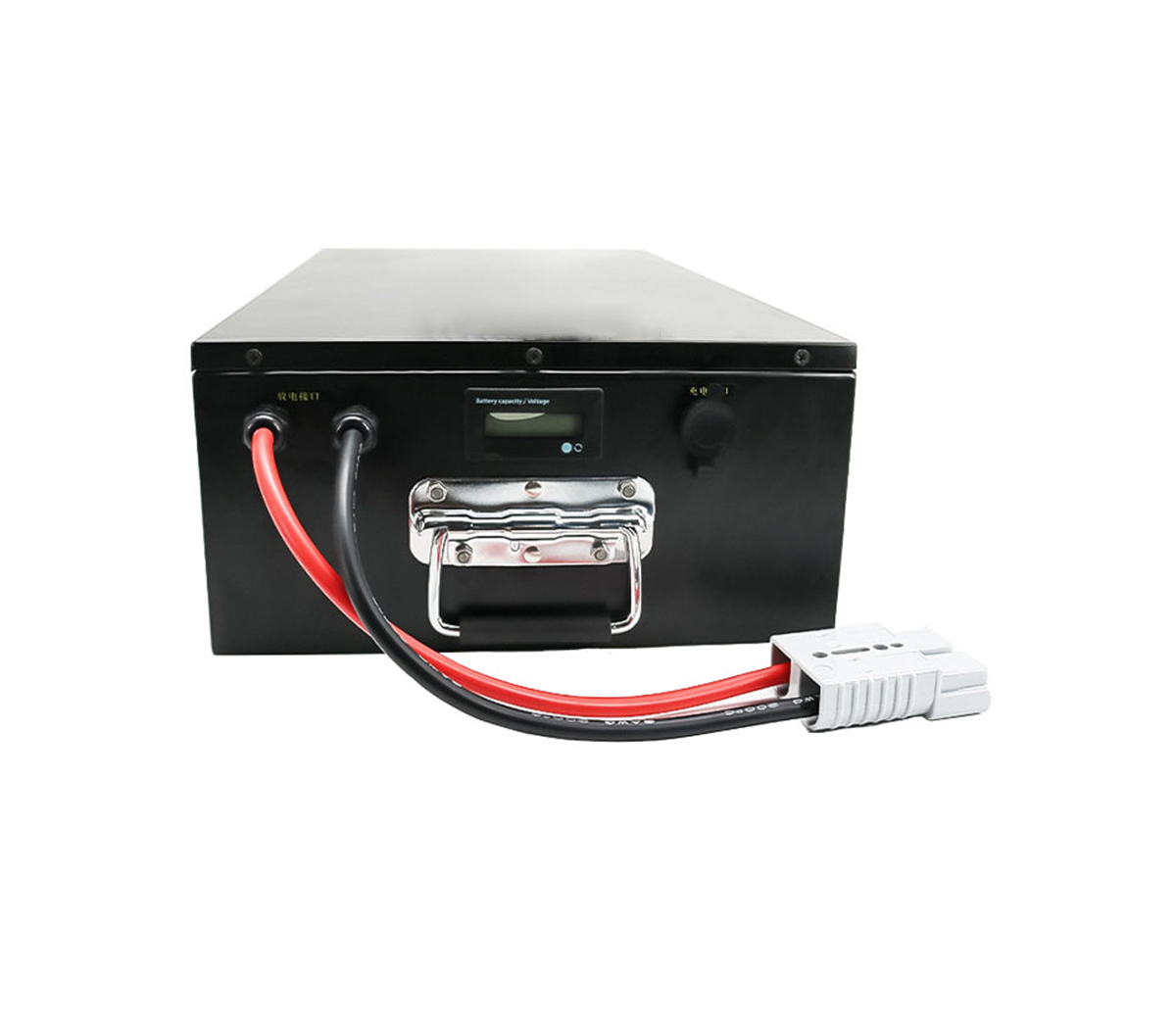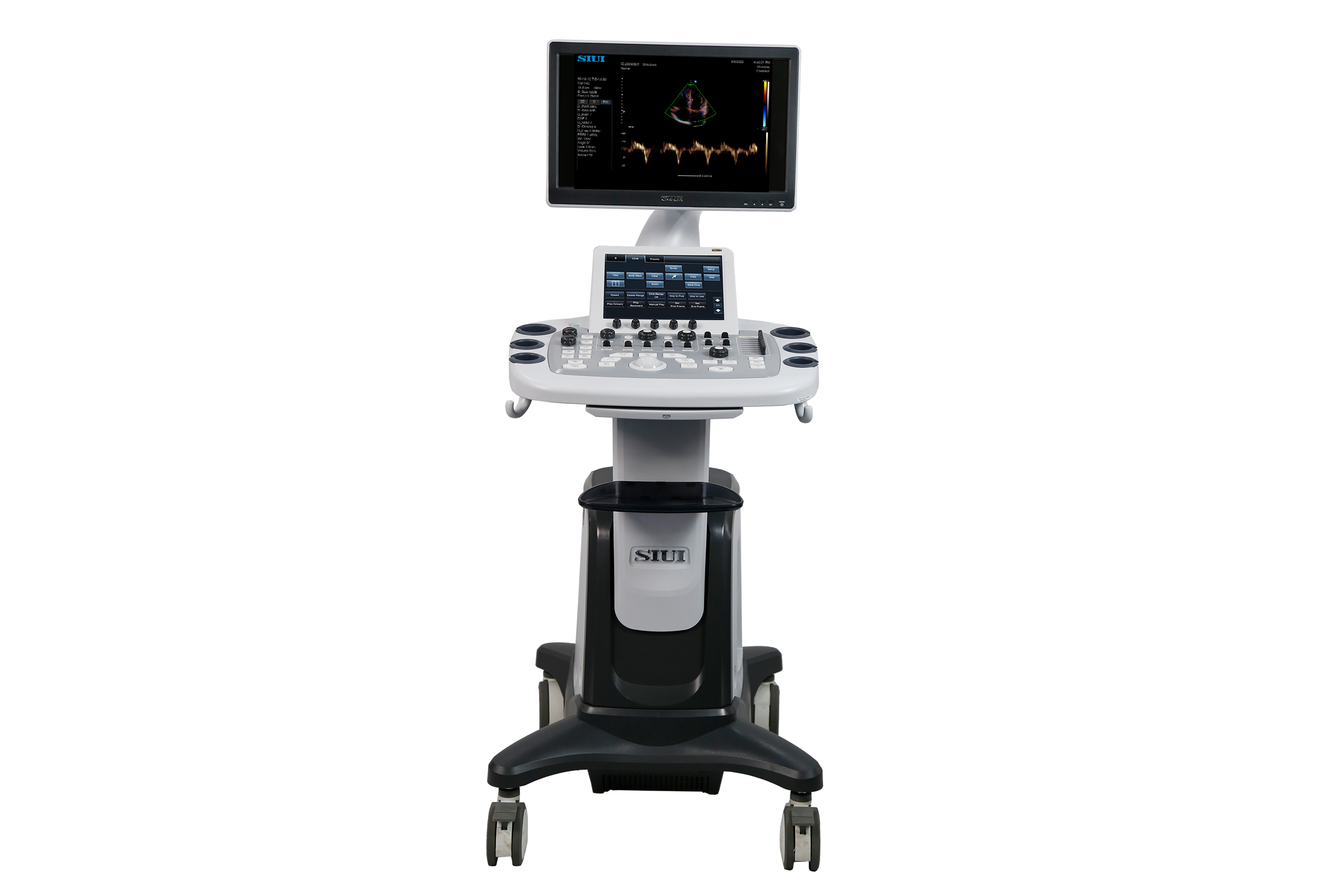As a manufacturer with deep experience in the customized lithium battery
energy storage industry, SES Power has always been confident in the development
of lithium ion batteries. The concept of safety first has always been the
insistence of SES Power, but there are always customers or partners who have
many questions about the safety performance of lithium-ion batteries and
lead-acid batteries.

Let the senior engineers of SES Power answer your questions about the
safety performance of the battery in detail:
Q. Is safety the most important thing for batteries?
A: Yes, without security, various functions cannot be accepted by people.
In fact, lithium batteries can begin to be practical, but also because the
safety has reached a level acceptable to the public.
The "lithium battery" we often say is not a very correct name, it should
actually be a "lithium ion battery". The real lithium battery is only used in
some special occasions. In principle, the lithium battery is still quite
different from the lithium ion battery: the lithium ion battery is essentially
the flow of lithium ions from a high concentration to a low concentration
environment, thereby forming a current; lithium battery It uses metal lithium as
the negative electrode, and the redox reaction occurs to form a current, which
is the same as the general zinc-manganese dry battery.
The energy density of lithium batteries is much higher than that of
lithium-ion batteries, but the number of cycles is low. However, lithium-ion
batteries are very common in daily life, and lithium batteries are rarely seen.
The core reason is that lithium-ion batteries are safe enough, but lithium
batteries are very unsafe: metal lithium may react with water and oxygen, then
heat up, and finally cause an explosion.
Lithium-ion batteries can be widely used because although its safety
problems exist, the threat has been greatly reduced to an acceptable level. At
the same time, the huge value of lithium-ion batteries is enough to cover the
low cost of safety.
Q. Are lead-acid batteries safe?
A: If you evaluate lead-acid batteries according to the standard of
lithium-ion batteries, then the conclusion is very simple: safe! For example,
many lithium-ion batteries cannot pass the needle prick test, but lead-acid
batteries can easily pass the test.
This is because the interior of lithium-ion batteries contains flammable
electrolytes, to be precise, conductive salts and flammable solvents, including
carbonates, ethers, esters, and the like. Once the battery is pierced and the
positive and negative electrodes are directly connected, that is, a short
circuit occurs, the battery is rapidly discharged, and the sharply increased
heat will cause the solvent to be ignited, which may eventually cause an
explosion.
Lead-acid batteries do not have this problem. Its electrolyte is sulfuric
acid, which does not cause a sharp increase in heat, but leaks liquid. Although
lead-acid batteries can pass the needle prick test, would we consider it
safe?
Obviously not, sulfuric acid is highly corrosive, and during normal use,
lead-acid batteries will release sulfur-containing gas, and a part of sulfuric
acid will always be reduced to toxic sulfur dioxide. Simply put, a lead-acid
battery can pass the toughest needle prick tests, but it still releases
substances that are harmful to humans.
Therefore, the safety of lead-acid batteries is not as high as imagined.
Safety is not just a dimension. Lithium-ion batteries will explode when
punctured, and lead-acid batteries are corrosive when punctured. These are all
unsafe factors, but the explosion has a greater visual impact.
Q. Can lithium-ion batteries be safe?
A: Yes.
The current lithium-ion batteries usually add flame retardants to prevent
the electrolyte from burning due to short-circuit and other reasons, which
solves the safety problem to a certain extent. Of course, there is a more direct
way, using solid-state electrolytes, that is, to make solid-state lithium-ion
batteries, to completely achieve non-combustibility and not explode.
The question is why are lithium-ion batteries in our minds very unsafe and
prone to explosion? For example, the fire and explosion of mobile phones and
electric vehicles, and even the accidents of some energy storage power stations.
And of course the most common electric bikes. In terms of accident rate,
electric bicycles are much higher than mobile phones and new energy vehicles,
and most mobile phones and cars catch fire while charging, and people may not be
on the scene, but electric bicycles often catch fire suddenly during use.
The reason for this is largely due to cost compression. Generally, the
battery used in electric bicycles is 48V20Ah, and the energy is 960Wh, which is
nearly 1 kWh. The production cost of lithium-ion batteries in formal enterprises
can be compressed to about $0.1 per Wh. Such a battery of course also contains
BMS, casing, wires, transportation costs, etc. If it is produced and sold by a
regular manufacturer, the sales price should be around $200. However, there are
many such batteries on the market for less than $100, which of course reduce the
cost by reducing the quality.
Q. Since lithium-ion batteries are prone to explosion due to extreme
control costs, why not replace them with cheaper lead-acid batteries?
A: Many people don't understand: Since lithium-ion batteries are too
expensive, and some people cut corners, the safety performance of lithium-ion
batteries has been greatly reduced. Isn't it a better choice to use lead-acid
batteries?
It is not impossible, but industry standards and consumers are not willing.
Take the 960wh battery mentioned above as an example. It is made of lead-acid
battery and weighs about 20 kg, which is indeed very heavy. The weight of the
lithium-ion battery is about 8 kg. The advantages of lightweight lithium-ion
batteries are very obvious.
As for the automotive field, lead-acid batteries proved unsuitable for
electric vehicles more than a hundred years ago. When Edison built electric
vehicles, he still used iron-nickel batteries. At that time, the battery life
exceeded 200 kilometers, but they were still eliminated by fuel vehicles. How
can lead-acid batteries be used?
In fact, even some of the scenarios that are least afraid of weight are
considering replacing the lithium-ion battery. For example, underwater ships,
electric forklifts, etc., need to increase the counterweight, and lead-acid
batteries are quite suitable. But now, these products have more and more
functions, the weakness of lead-acid batteries that cannot be intelligent has
been magnified, and lithium-ion batteries have begun to be taken seriously.
Of course, lead-acid batteries still have problems such as short lifespan,
heavy metals, and not enough environmental protection. When lithium iron
phosphate batteries in lithium-ion batteries appear, lead-acid batteries have
completely entered a dangerous period. Because the advantages of lithium iron
phosphate battery voltage, discharge curve, high cycle life, environmental
protection and other advantages are almost fully aimed at the shortcomings of
lead-acid batteries. Therefore, lithium iron phosphate batteries are called the
perfect substitute for lead-acid batteries.
Q: What are the requirements and standards for the safety performance of
lithium ions
A: According to SES Power's knowledge, the safety tests of lithium-ion
batteries include UL, IEC and other common test methods. Although there are
UL2054 standards for lithium-ion battery packs, they do not clearly stipulate
the internal or external storage of medium and large battery energy storage
systems. Safety standard between battery packs.
The International Fire Code and National Fire Protection Association (NFPA)
Standard 855 set limits on the number of battery energy storage systems that can
be installed in any space and require a one-meter separation between battery
energy storage systems and from the exterior walls of buildings.
As a company that has been customizing lithium-ion battery pack products
for nearly 20 years, SES Power believes that safety is the first priority of
lithium-ion batteries from the perspective of lithium-ion batteries, and we
cannot sacrifice safety performance to meet other performance. From our
12V100Ah, 12V200Ah, 24V100Ah, 24V200Ah, 36V100Ah, 48V50Ah, 48V100Ah, etc. using
square aluminum-shell lithium iron phosphate cells, to 12V30Ah, 12V50Ah car
starting batteries using high-performance rate lithium battery A123 (the maximum
peak current can reach 1500A). Frankly speaking, many customers are very
concerned about cost performance, but SES Power insists that safety performance
cannot be reduced to reduce costs. We usually use the price advantage of echelon
batteries to make SES Power's customized lithium-ion battery packs based on
guaranteed performance, to meet the needs of customers who are discerning enough
about price.
Finally, SES Power summarizes: the safety of lithium-ion batteries is not
as low as expected, and the safety of lead-acid batteries is not as high as
expected. As for the unsafe problem of lithium-ion batteries, on the one hand,
it is technology, which can be improved, and on the other hand, it is a question
of cost control, which depends on the concept. The substitution of lithium-ion
batteries for lead-acid batteries is mainly dominated by the market and
regulations.



































